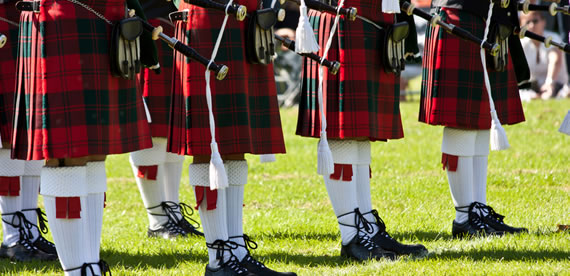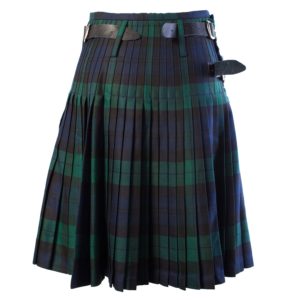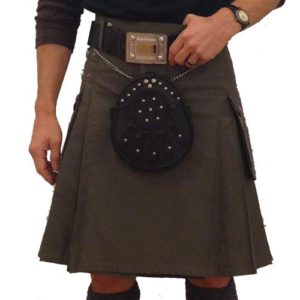Legend of the Claddagh Ring
The story of the Claddagh is based in rich Irish culture. It begins about five centuries ago in the fishing village of Claddagh, just outside the city of Galway. Men of the village, much as they do today, would go out to the sea, each day, to fish for food for their families and other villagers. The sea presented many dangers. On some days the sea was high and on others the current was strong. The greatest risk, however, was that there were pirates.
On one such day, the story goes, a young man was fishing at sea with other men from his family. Suddenly, from their small boat, they spied a Spanish pirate ship. That sight, the men were certain, sealed their fate. The pirates captured the men from Claddagh and brought them to the far off North Coast of Africa. It was there that they were sold into slavery for what they were sure would be the rest of their lives.
Richard, the youngest of those captured, was the most distraught. All men had left loved ones behind, but Richard had just met his true love and now feared that he would not live to see her again. Years passed and several of the men died. Others accepted their fate. Richard worked as a slave, but continued to long for a return to his village and to his beloved. To keep his spirits up and to keep hope in his heart, each day Richard stole a tiny speck of gold from his slave masters in the goldsmith shop where he tended the fires. Years passed and, with his tiny pieces of gold, he was finally able to fashion a ring. It was his hope that, despite what seemed nearly impossible, he would return to his village and present the ring to his true love.
No one really knows if Richard escaped or earned his release from slavery, but in either event, the day finally came when Richard could begin the long trip back to his village in Ireland . . . to his home. At his journey’s end, Richard was overcome with joy when he learned that his beloved had remained true to him in his long absence, waiting faithfully for him to return. It was on that day that Richard gave his beloved the ring he created that is now known worldwide as the Claddagh Ring.
The Claddagh design appears not only in rings, but in other types of jewelry as well. The heart in the cladadgh symbolizes the love Richard longed to share with his true love. The crown symbolizes his undying loyalty and the hands symbolize friendship, which is, after all, the very foundation of love, with loyalty holding the two hands together. The Claddagh design became popular as an engagement or a wedding ring. It took on even more significance when Claddagh rings began to be worn widely by women throughout Ireland, on the west coast and the islands, where the claddagh may well have been the only major “investment” in a fishing family, an heirloom handed down from mother to daughter.
There even is a guide which explains the symbolism of how the ring is worn. If the ring is worn on the right hand with the heart pointing out, it means that the wearer’s heart is uncommitted. Worn on the same hand with the heart pointing inward, the Claddagh ring means that the wearer’s heart is taken.

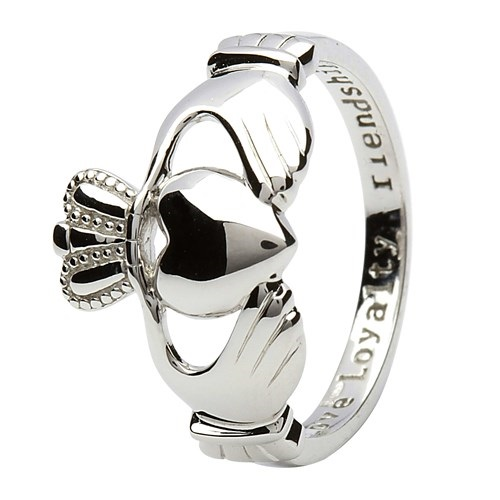

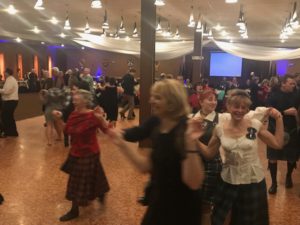
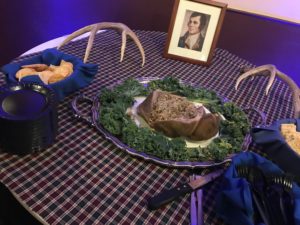

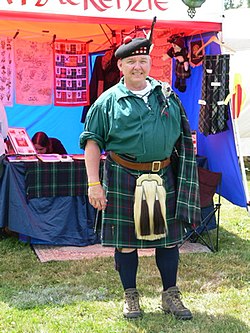 incorporate a piece of your tartan into your ensemble. If you don’t have any tartan, pick some up from a vendor at the festival. The key to an enjoyable day is comfortable attire, especially footwear. Sneakers or boots are a great idea as there is usually a fair bit of walking, and if you went to any festivals this year, they can be muddy. There are often gravel paths or other unlevel surfaces to negotiate. Most festivals will provide golf carts for those that have difficulty getting around.
incorporate a piece of your tartan into your ensemble. If you don’t have any tartan, pick some up from a vendor at the festival. The key to an enjoyable day is comfortable attire, especially footwear. Sneakers or boots are a great idea as there is usually a fair bit of walking, and if you went to any festivals this year, they can be muddy. There are often gravel paths or other unlevel surfaces to negotiate. Most festivals will provide golf carts for those that have difficulty getting around. event will close with all the bands marching onto the field and an awards ceremony. It is awe inspiring to see so many on the field at once.
event will close with all the bands marching onto the field and an awards ceremony. It is awe inspiring to see so many on the field at once.